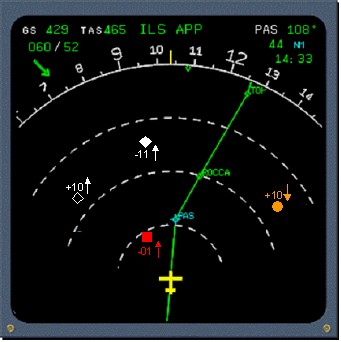Do you care about what happens underneath your home? No, this is not meant as a metaphor; "underneath" is meant quite literally in the spatial context. Your house is most likely built on top of something. Soil? Rock? A pile of dirt? Who cares??
Well, if your house suddenly disappears in the throat of a sudden sinkhole, you should care (see image below)! This scare scenario that actually became reality in Guatemala, where a 350 ft sinkhole not only swallowed a house but also killed several people, may be extreme. Possible causes for this phenomenon include washouts due to rainfall, ground vibrations due to construction work, sudden weather changes, or local mining activity, just to name a few. Seldom do they reach such large dimensions as depicted below. Much more common are smaller dents that can cause buildings to settle just enough to leave some visible cracks in the facade behind.
Is this problem avoidable? In many cases, it is. A common mistake in the planning phase of a building project is to "save" money by neglecting to conduct adequate geological surveys. For this purpose, test boreholes are drilled in the planning stage on the project site and the results are analyzed to compile detailed bore profiles depicting the type of soils and their geotechnical parameters. The results of such surveys are crucial in determining, if additional measures have to be taken in order to stabilize the building over the long haul. Such site investigations are generally not even very costly in relation to the cost of the total building project.
But is there a way to save money on such site investigations? Well, if there are four neighbors around you and at least two of them had geological surveys done at some point, wouldn't it those data be of some value to you? The idea is old. If someone could just collect all the data from soil investigations conducted in a geographic region and make it accessible to homeowners, building companies, architects, governments, engineering consultants, etc., a lot of money could be saved on performing redundant soil investigations.
Well, if your house suddenly disappears in the throat of a sudden sinkhole, you should care (see image below)! This scare scenario that actually became reality in Guatemala, where a 350 ft sinkhole not only swallowed a house but also killed several people, may be extreme. Possible causes for this phenomenon include washouts due to rainfall, ground vibrations due to construction work, sudden weather changes, or local mining activity, just to name a few. Seldom do they reach such large dimensions as depicted below. Much more common are smaller dents that can cause buildings to settle just enough to leave some visible cracks in the facade behind.
 |
| Approx. 100 m deep sinkhole in Guatemala: The world's largest sinkholes |
Is this problem avoidable? In many cases, it is. A common mistake in the planning phase of a building project is to "save" money by neglecting to conduct adequate geological surveys. For this purpose, test boreholes are drilled in the planning stage on the project site and the results are analyzed to compile detailed bore profiles depicting the type of soils and their geotechnical parameters. The results of such surveys are crucial in determining, if additional measures have to be taken in order to stabilize the building over the long haul. Such site investigations are generally not even very costly in relation to the cost of the total building project.
But is there a way to save money on such site investigations? Well, if there are four neighbors around you and at least two of them had geological surveys done at some point, wouldn't it those data be of some value to you? The idea is old. If someone could just collect all the data from soil investigations conducted in a geographic region and make it accessible to homeowners, building companies, architects, governments, engineering consultants, etc., a lot of money could be saved on performing redundant soil investigations.
In many countries, bore profiles are produced solely on a project basis and the information is not shared with a larger institution in order to compile a systematic database that can be used for future purposes. Singapore is cited as one example where government has accomplished the task to build up a very detailed web-based 3D geotechnical information system, a specific application of Geographical Information Systems (GIS). It allows users to locate, view and download borehole logs as well as their cross sections. Users are charged a small fee for obtaining these information. (see Development of a Web-GIS Based Geotechnical Information System).
Therefore, one obvious business application lies in the compilation of a user-friendly GIS database for geotechnical information. Governments, geotechnical institutes and building enterprises would be prime users of such information. One problem in doing so consists not only of the collection of the data but also in bringing it into the right format. One proposal therefore calls for an open-source database application, into which all potential stakeholders can add their information.

